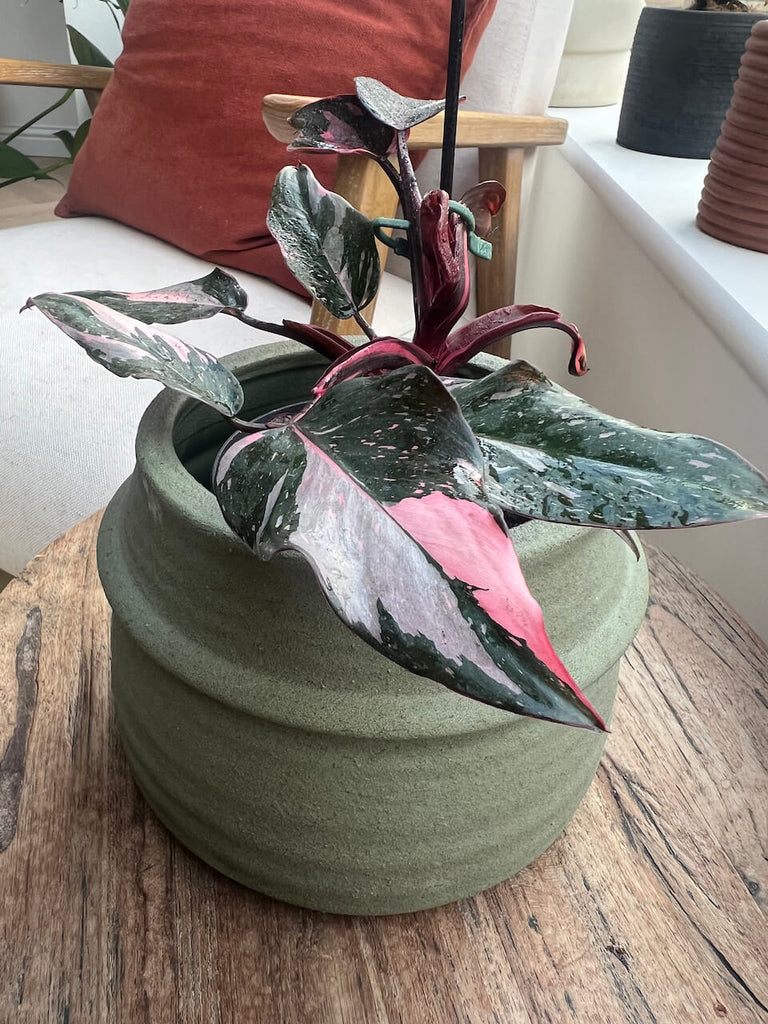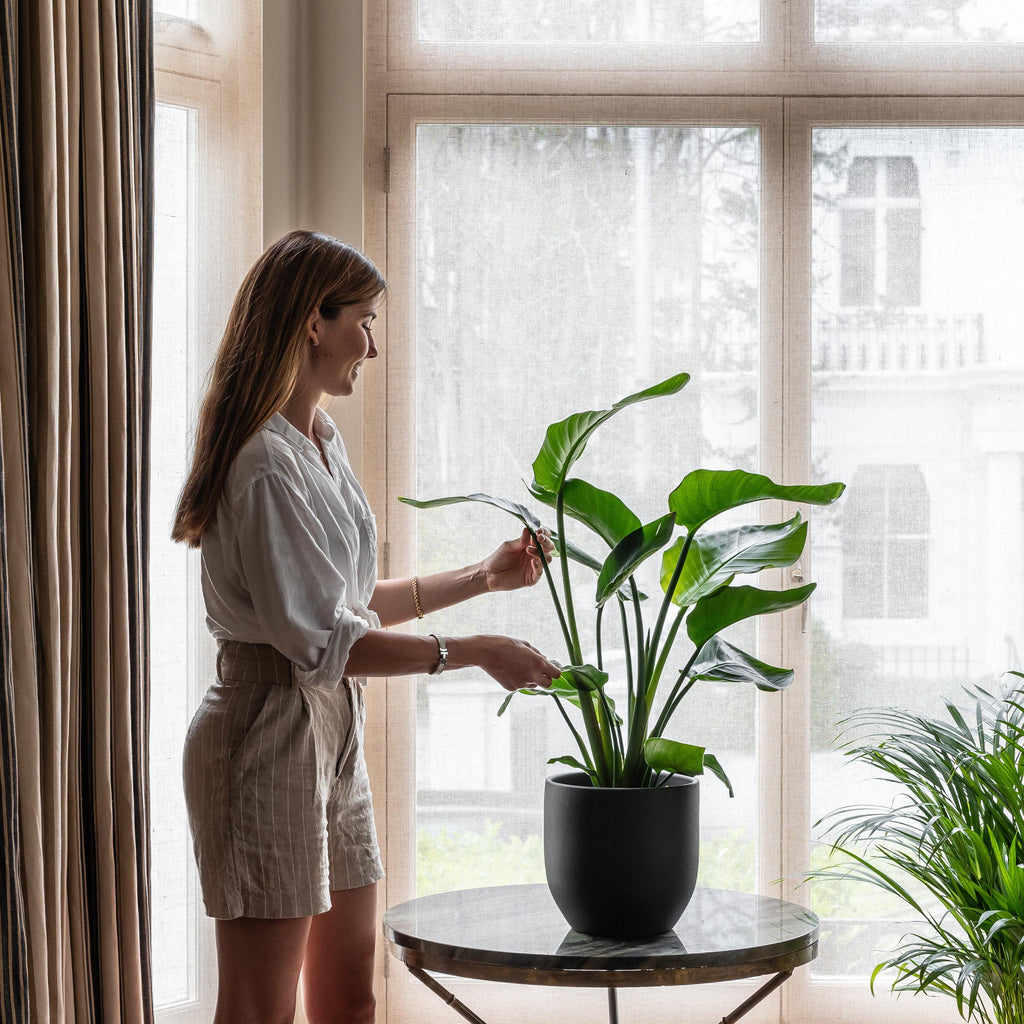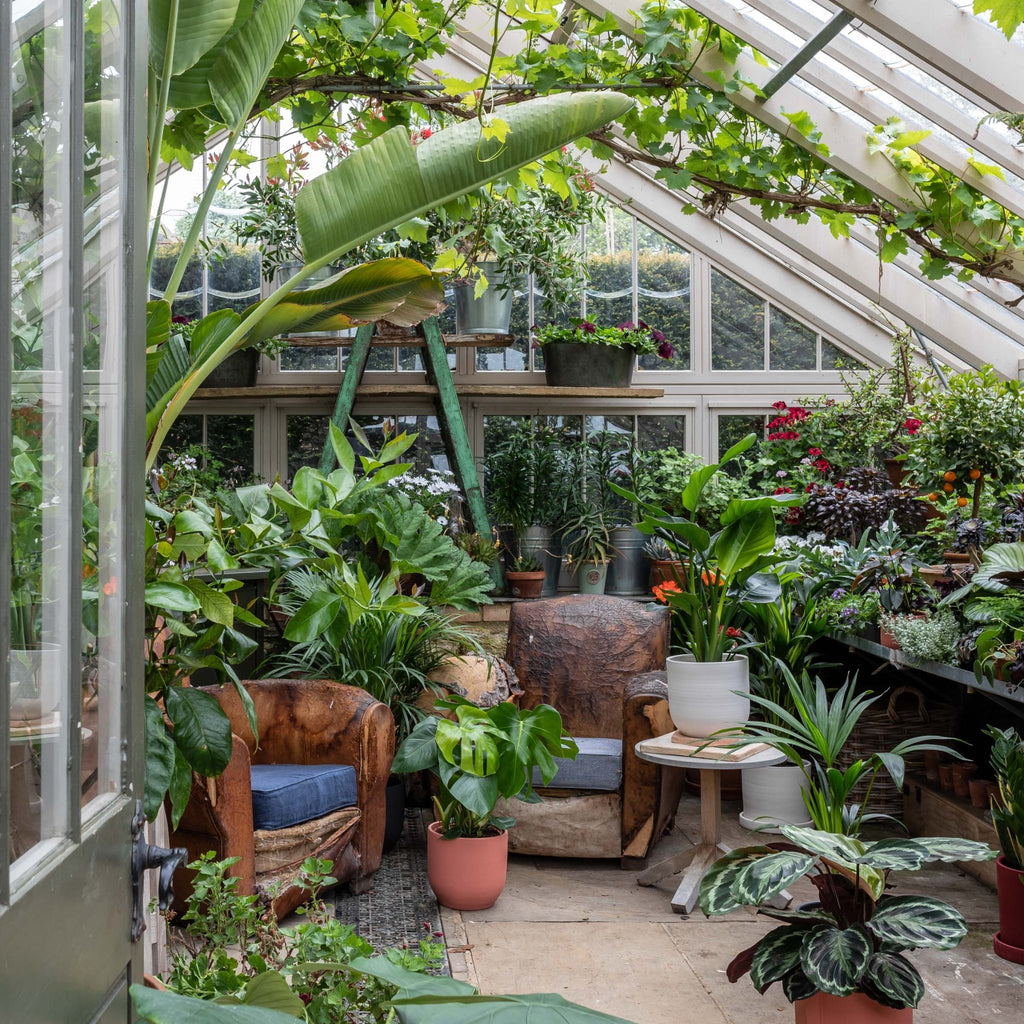Plant Care Tips 24.03.23
Top 10 Tips for Your Houseplants in Spring
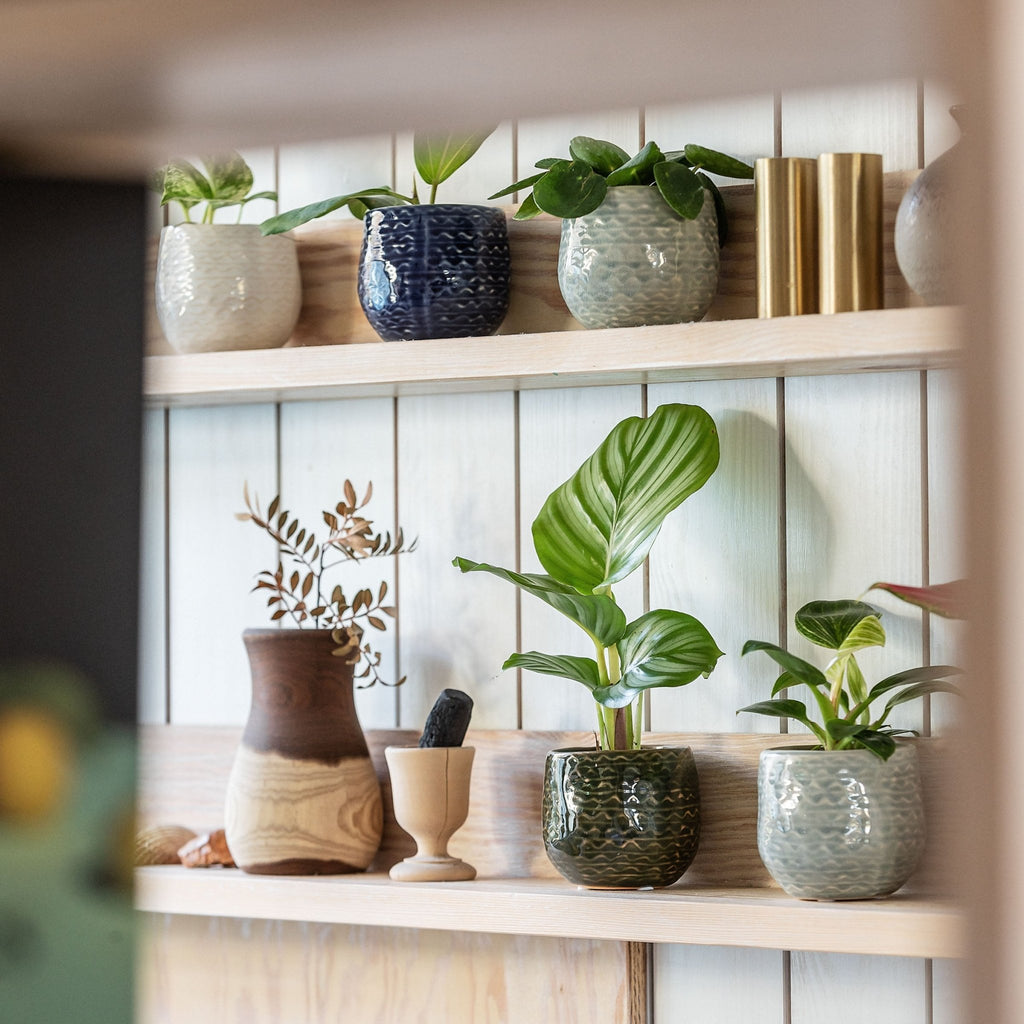
Top 10 tips for your houseplants in Spring
Spring is a wonderful time of year for gardening and houseplant care. As the weather warms up and the days get longer, plants start to come out of dormancy and begin to grow actively again. Here are some things to keep in mind for your houseplants during the spring season:
Spring is a good time to give your houseplants a little extra attention. As the days get longer and brighter, your plants may start to grow more rapidly and need more water and nutrients. Check your plants for signs of new growth, such as new leaves or buds. If your plants are growing quickly, you may need to repot them into larger containers or add fertiliser to the soil. Spring is also a good time to clean your plants and their containers. Wipe down leaves with a damp cloth to remove any dust or debris, and rinse the containers to remove any buildup of salts or minerals. Most importantly, enjoy the process!
Spring is a time of renewal and growth

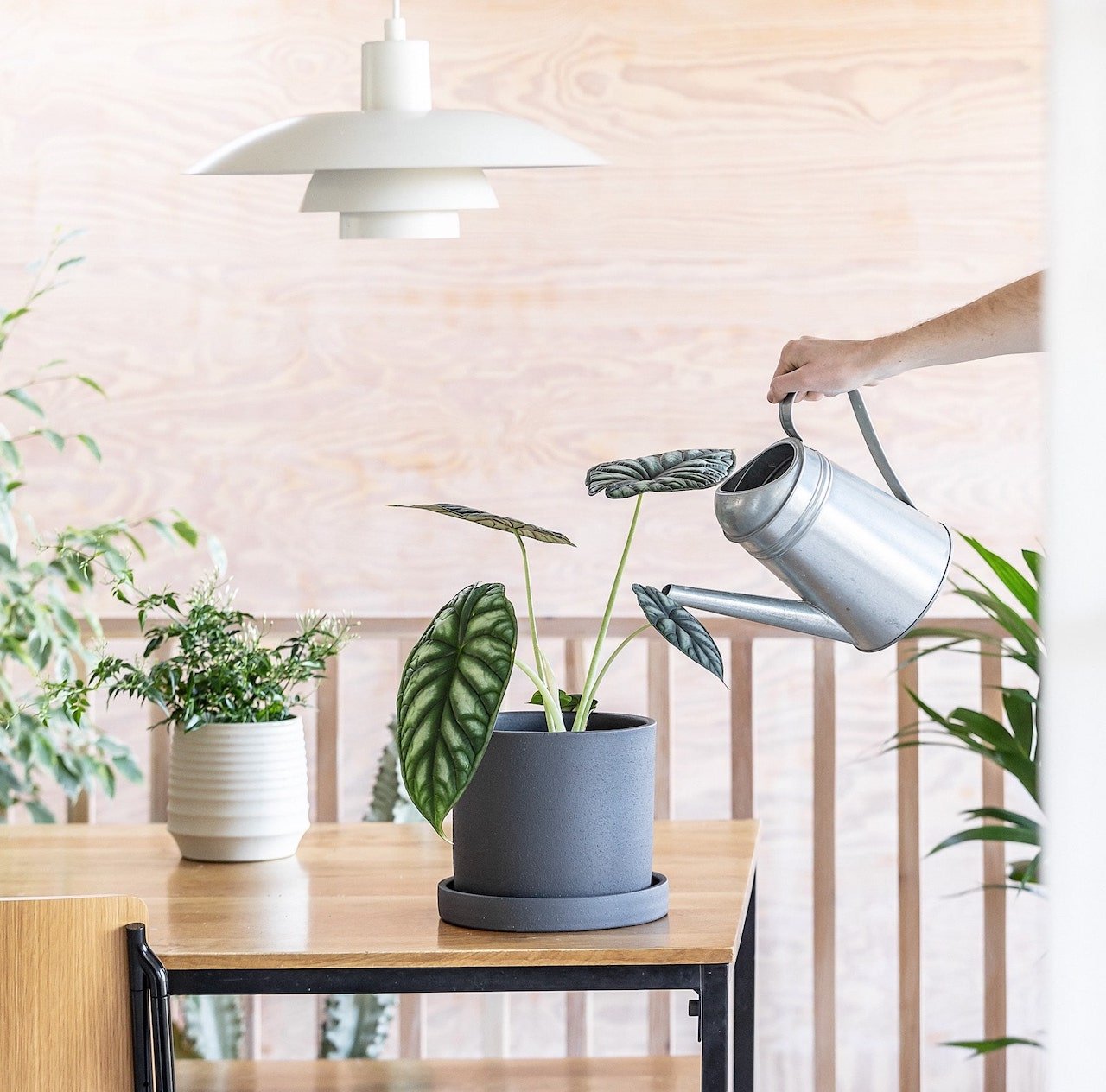
1
Gradually increase watering frequency
As the weather warms up, your plants will start to grow more quickly and require more water. Gradually increase the frequency of your watering sessions, but be careful not to over water.
2
Check for pests
Spring is a time when pests like spider mites and mealybugs become more active. Inspect your plants regularly and treat any infestations immediately.
3
Start fertilising
With the increase in growth, your plants will also require more nutrients. Start fertilising once a month with a balanced, water-soluble fertilizer.
4
Prune & trim
Spring is a good time to prune and trim your plants to encourage new growth and maintain their shape. Remove any dead or yellowing leaves and cut back any leggy stems.
5
Repot if necessary
If your plants have outgrown their pots or the soil has become compacted, it may be time to repot. Choose a pot that is one size larger and use fresh potting soil.
6
Provide adequate light
As the days get longer, your plants may require more light. Move them closer to a window or consider providing supplemental light if necessary.
Watch the temperature: Be mindful of temperature fluctuations, especially if you keep your windows open. Sudden drops in temperature can shock your plants.
7
Increase humidity
As the air becomes drier, your plants may benefit from increased humidity. Consider using a humidifier or placing a tray of water near your plants.
8
Remove dust
Dust can accumulate on your plants, which can block sunlight and hinder their growth. Gently wipe down your plants with a damp cloth to remove any dust.
9
Watch the temperature
Be mindful of temperature fluctuations, especially if you keep your windows open. Sudden drops in temperature can shock your plants.
10
Check for nutrient deficiencies
As your plants grow, they may start to show signs of nutrient deficiencies. Watch for yellowing or stunted growth, which may indicate a lack of nutrients. Adjust your fertilization routine as needed.









